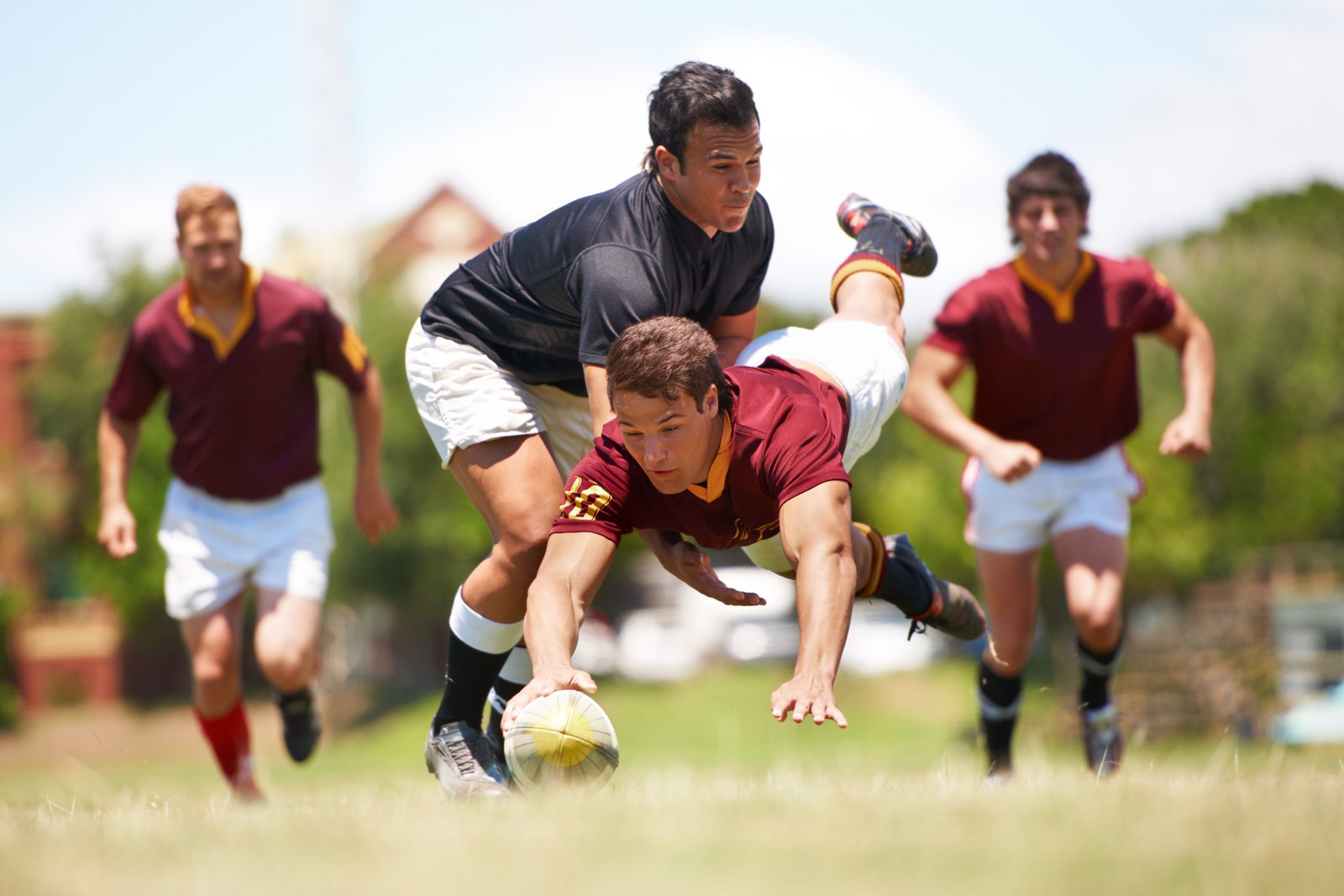Acromioclavicular joint injection – The acromial clavicular joint is at the top of the shoulder. The joint is the articulation between the clavical (the collar bone) and the acromion (the top of the shoulder blade or ‘scapular’). The joint can usually be located as a small bony protuberance just a couple of inches away from the outer edge at the top of your shoulder (approximately where the strap of a handbag would press). The joint will often become swollen and inflamed after injury. So this bony protuberance becomes more obvious.
Injuries to this joint are generally caused either by a fall onto an outstretched hand (this could be while skiing or playing a contact sport such as rugby), or by a direct trauma to the area.
The clavicle is the most frequently broken bone in the body. So if there has been a trauma then X-ray is important to identify any bony injury – fracture, dislocation or subluxation. Patients will generally put their finger directly on the top of the joint when indicating the most focal area of pain. Generally very localised in the joint itself. The pain can often disturb sleep especially when lying on the side of the injury.
Patients may well have been to A&E for an X-ray of the shoulder before coming to physiotherapy. Most often the bones will not be broken or dislocated. But the acromioclavicular joint will be sprained. Or, when forces are great enough, it may even be slightly subluxed. Dislocations are graded 1-6 with grade 1 being a sprain and grade 6 being most severe with rupture of ligaments and bony displacement.
As with any musculoskeletal problem, as well as acute traumatic onset, acromial clavicular joint pain can also be due to chronic ongoing irritation. Either through repeated movements or through repeated minor trauma. Again, with contact sport such as rugby. Often where players may get a build up of pain in this area over a period of time due to repeated heavy tackling or other minor blows to the shoulders and upper body.
Pain will often be felt at extreme ranges of movements – such as reaching high above the head, placing a hand behind you or putting your hand into a jacket sleeve. Acromial clavicular joint pain can be quite persistent and does not generally respond particularly well to exercise. If the pain has not settled within the first few weeks, the pain can tend to go on for some time. There is very little that physiotherapy and other treatments have to offer in many cases. Steroid injection into the acromial clavicular joint under ultrasound guidance, uses very small volumes of steroid, is very safe and can also be very effective in reducing swelling, inflammation and pain symptoms. Patients tolerate this injection very well.
Although the joint is superficial and easily accessible for injection studies such as Peck et al (2010) have shown ultrasound guided injections to 100% accurate versus only 40% accuracy in surface mark guided injections. Many studies looking at a range of injection procedures have shown greater accuracy and improved outcomes when injections are performed with ultrasound guidance (Aly et al 2014).
If you think that you may have acromial clavicular joint pain we recommend coming in for an assessment which would include a physical assessment and a diagnostic ultrasound assessment of the joint. If appropriate we may proceed with an injection which may give you some significant relief of your pain.
To book an appointment please call 0207 482 3875 or email info@complete-physio.co.uk
References
Aly, Abdel-Rahman, Sathish Rajasekaran, and Nigel Ashworth. “Ultrasound-guided shoulder girdle injections are more accurate and more effective than landmark-guided injections: a systematic review and meta-analysis.” Br J Sports Med (2014): bjsports-2014.
Peck, Evan, et al. “Accuracy of ultrasound-guided versus palpation-guided acromioclavicular joint injections: a cadaveric study.” PM&R 2.9 (2010): 817-821.
Sabeti-Aschraf, Manuel, et al. “Ultrasound guidance improves the accuracy of the acromioclavicular joint infiltration: a prospective randomized study.” Knee Surgery, Sports Traumatology, Arthroscopy 19.2 (2011): 292-295.


